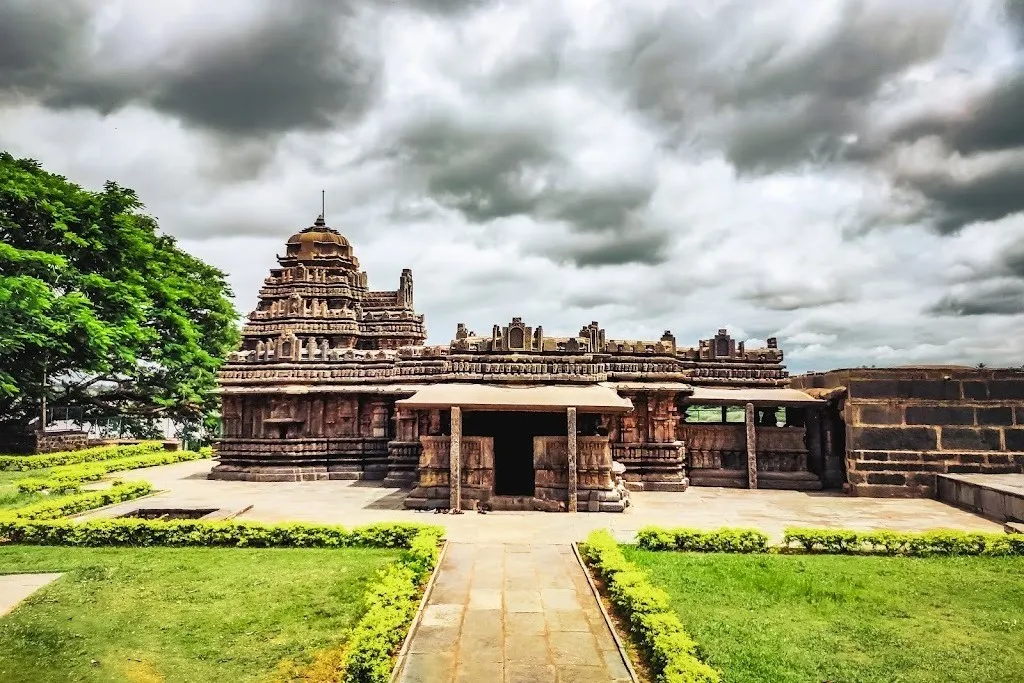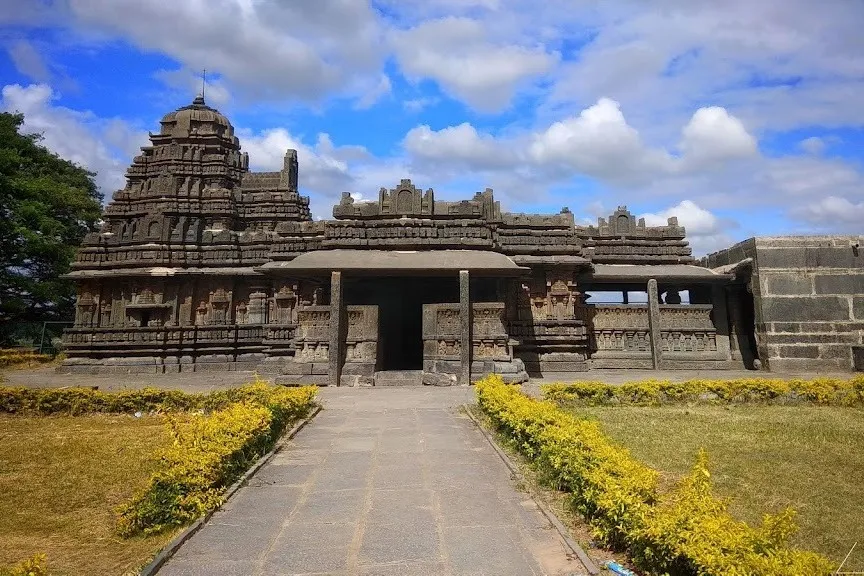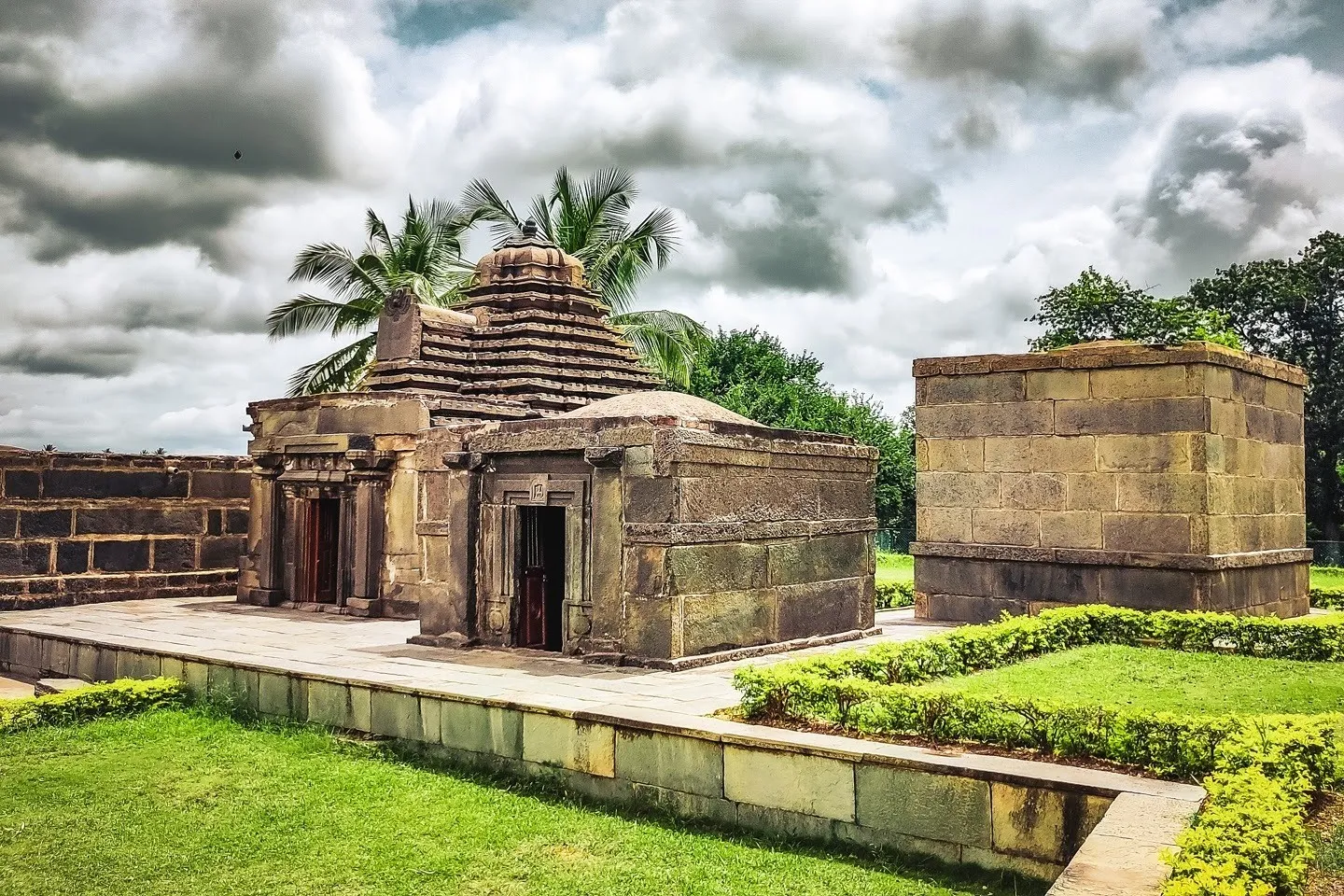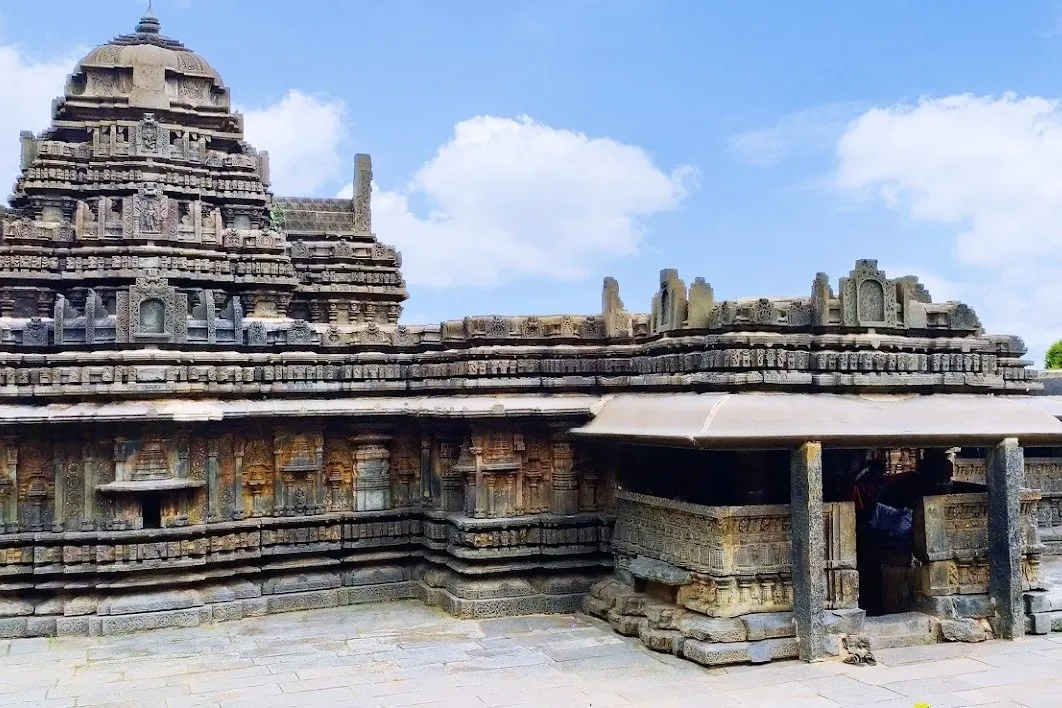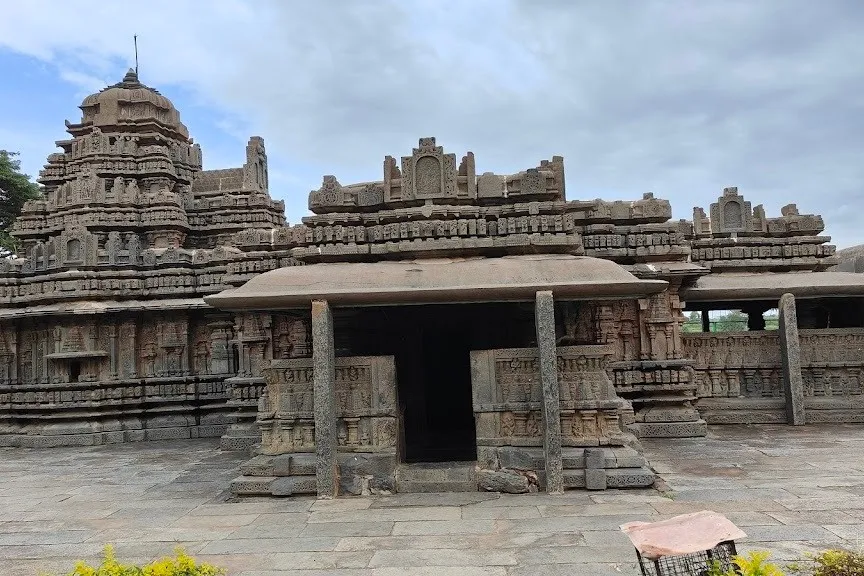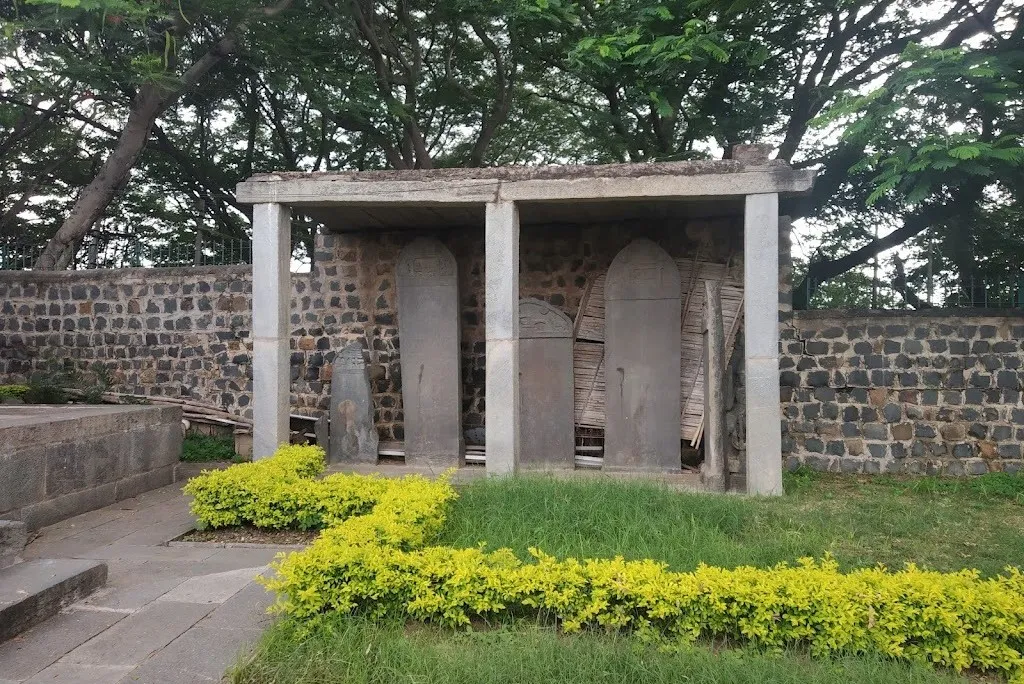Mukteshwara Temple is a temple located in a small village of Chaudayyadanapura in Ranebennur taluk of Haveri district in the state of Karnataka. The Mukteshwar Temple dedicated to Lord Shiva on the banks of the Tungabhadra River is a fine example of Chalukya architecture. The temple is a gem of 12th century Chalukya and Devgiri architecture and is considered the finest of all temples.
Mukteshwara Temple is about 329 km from Bangalore and 120 km from Hubli. And it is 36 km away from Haveri city. And it is 35 km away from Haveri railway station.
The Haveri district of Karnataka is dotted with hundreds of temples dedicated to various gods and goddesses and built by different dynasties in their own style, such as Dravida, Hoysala, Chalukya and Vijayanagara. Mukteshwara temple is a single fort temple in Jakkanachari style. Similar temples were built under the patronage of the Kalachuris of the Kalyani dynasty. It was built at the height of the empire ruled by the Chalukyas of Kalyani and the Seunaras of Devagiri. It is dedicated to the Uddhava Shivlinga named Mukteshwar.
History of Mukteshwara Temple Chaudayyadanapura
All the religions of the civilization (religion, art and poetry) are represented in the magnificent Mukteshwara temple. The 12th century social reformer Basaveshwara donated the village of Chaudayyadanapura to Ambigara Chaudaiya (Ambiga), whose old name was Shivpur, hence the name Chaudayyadanapura or Chaudanapur. The Mukteshwar temple at Chaudayyadanpur in Ranebennur taluk is representative of that beautiful style and an example of the high culture of that time. History shows that the 11th and 12th centuries have the most evidence of the Kannada language.
The medieval history of the Mukteshwara Temple at Chaudayyadanpur has seven inscriptions in Kannada engraved on large stones. In archaeological circles there are references to famous local rulers, Guttala kings, making different donations to the deity in the temple complex. Some inscriptions have details of important religious leaders. Inscriptions mention Muktziyar, a Lakulasiva saint, and Shivadeva, a Virashiva saint, who were local to this place and performed long-term sacrifices and spiritual upliftment here. Shaped the Shaiva heritage into architecture and sculptures.
Visit Also
